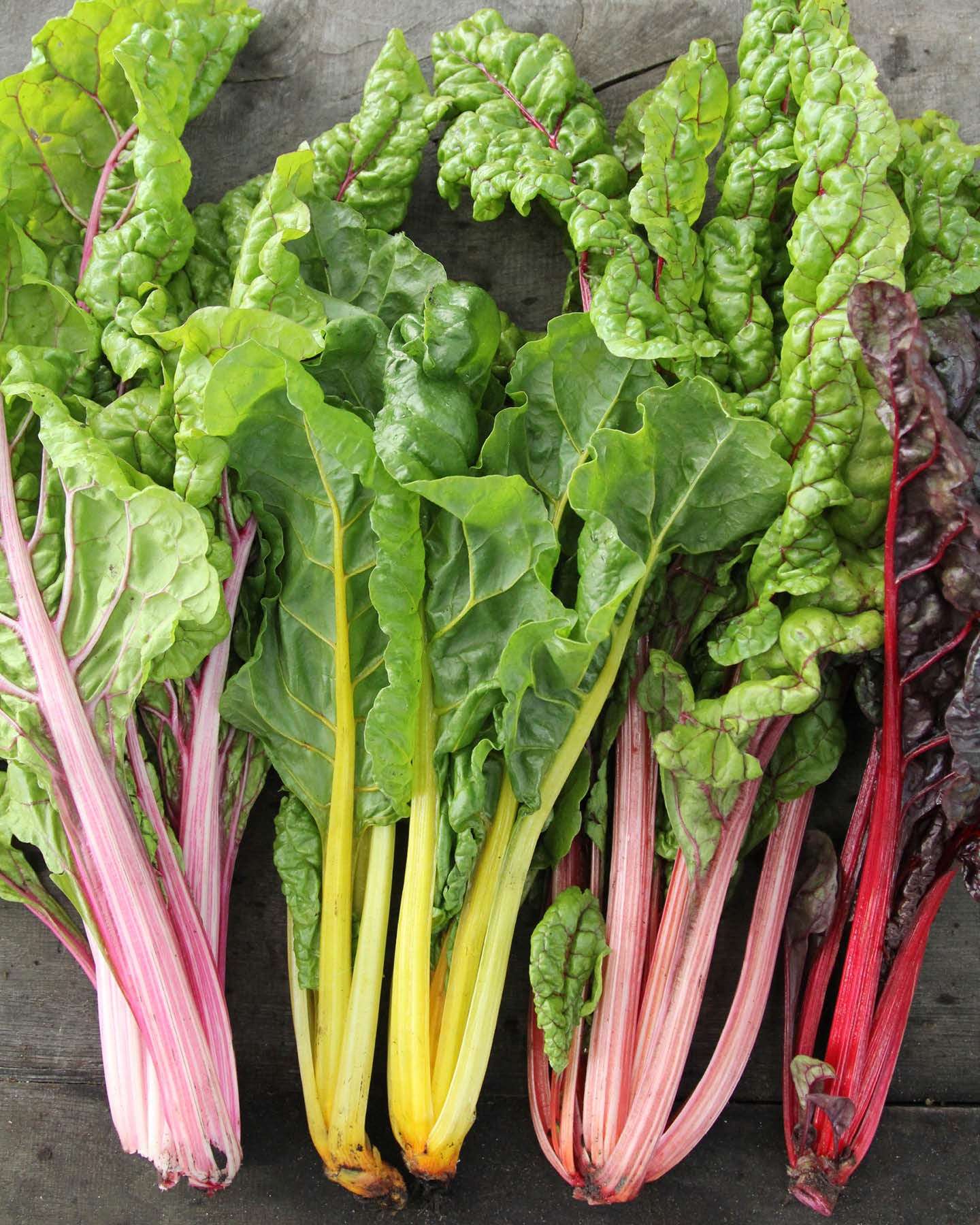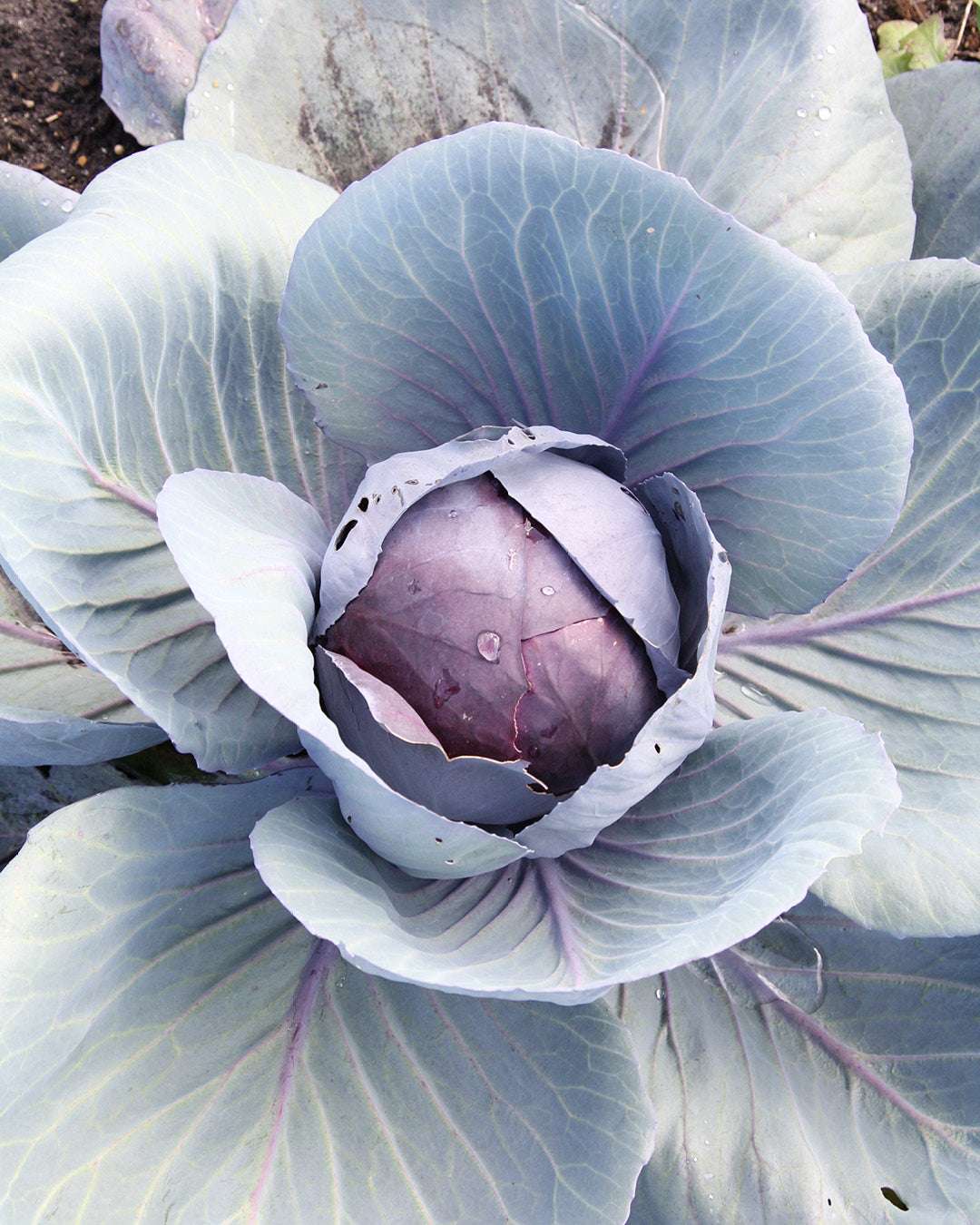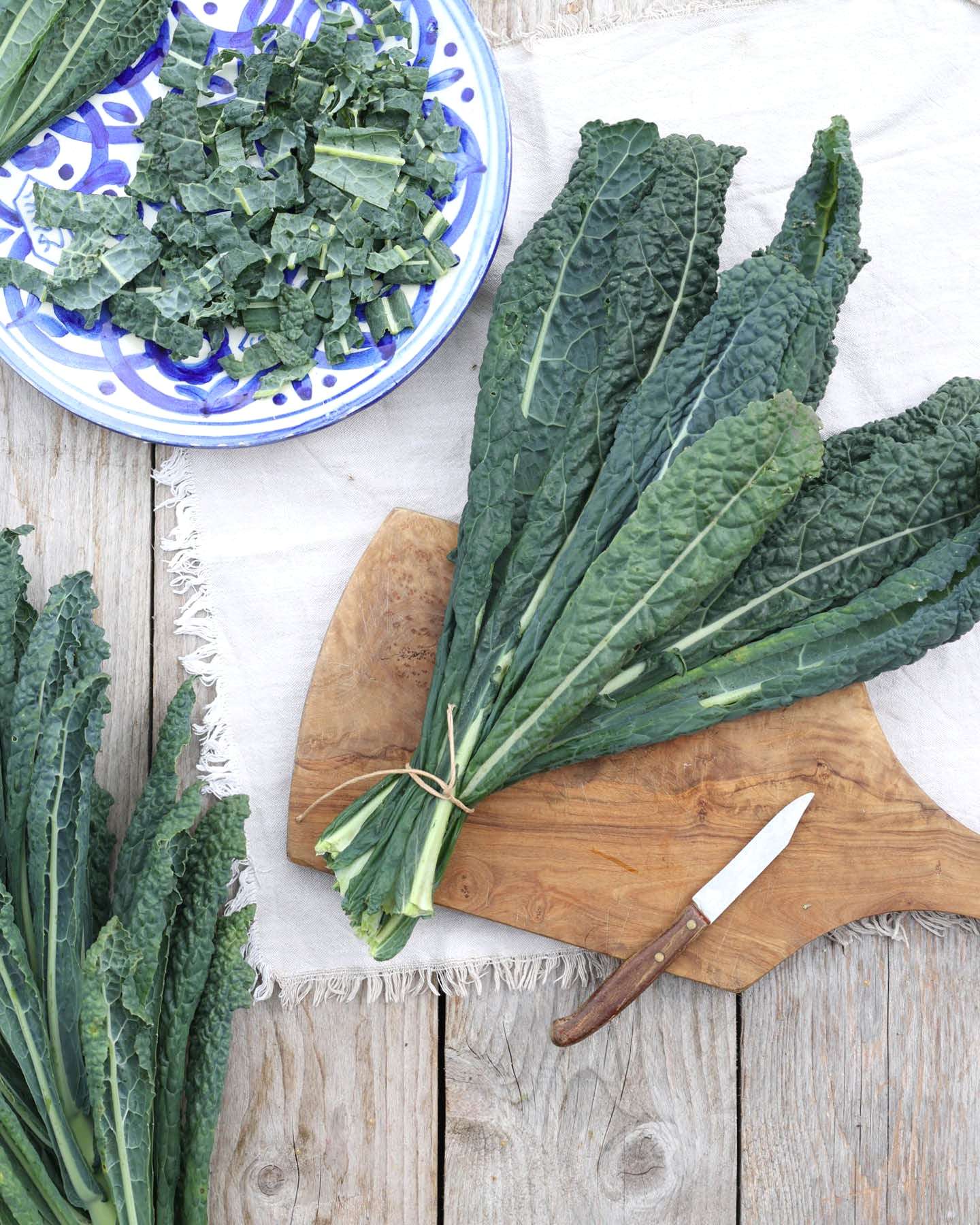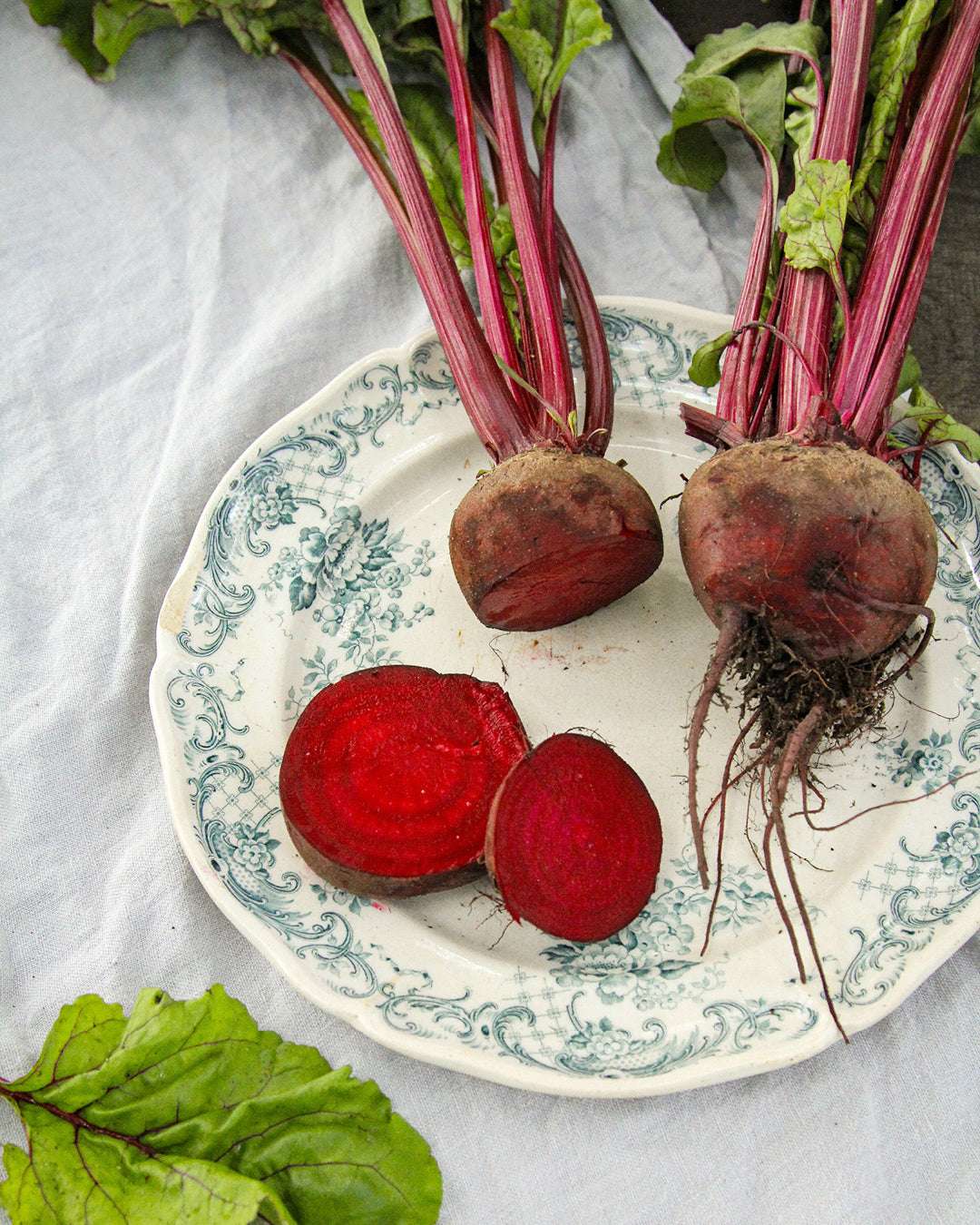What to do with autumn leaves? Tips for sensible use in the garden
In autumn, trees and shrubs decorate the garden with a colorful carpet of leaves—a beautiful sight, but one that raises the question: What should we do with all those leaves? Instead of simply throwing them away, it's worth taking a second look. Autumn leaves are by no means just waste—used correctly, they become valuable aids for plants, soil, and animals. In this article, you'll learn how to use leaves wisely and even provide animals with a winter shelter.
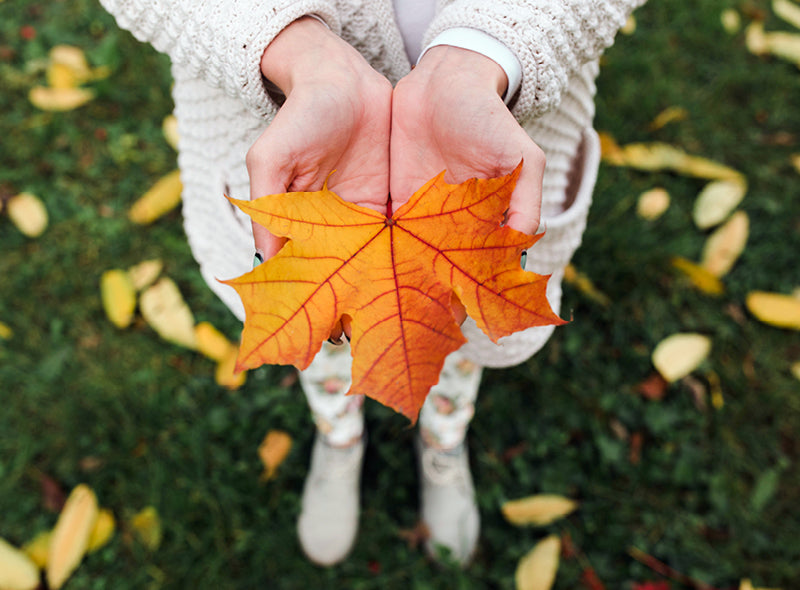
Clever use of leaves: nutrient source, frost protection and habitat
When autumn leaves simply end up in the trash, valuable nutrients are lost from the natural cycle. Yet fallen leaves from trees and shrubs hold great potential: In compost, they contribute to the formation of nutrient-rich humus and complement other green matter perfectly. Practical: Leaves can be stored in breathable jute bags and mixed with the first grass clippings in spring—creating a balanced mixture that prevents mold and rot.
But it doesn't always have to be compost: In many garden areas, leaves can be left lying around. Under shrubs or in flowerbeds, they protect the soil from the cold, retain moisture, and provide a habitat for microorganisms and small animals. If you want to specifically protect frost-sensitive plants, you can pile up leaves and weigh them down with a few twigs – and you have natural winter protection.
Use leaves as mulch
The leaves should be stored for about two weeks to allow the initial decomposition processes to begin. The leaf mulch can then be spread around ornamental shrubs, berry bushes, or under hedges. Be careful with coarse oak, walnut, or chestnut leaves: These decompose more slowly and contain a lot of tannins. It is essential to chop them up before use and is particularly suitable for plants that prefer acidic soils, such as rhododendrons, azaleas, or blueberries.
Not to forget: Piles of leaves provide a safe winter shelter for numerous animals. Hedgehogs, newts, beetles, spiders, caterpillars, earthworms, and even butterfly larvae find shelter there from the cold. By reserving a quiet corner of your garden for leaves, you're actively contributing to species conservation—without much effort.

